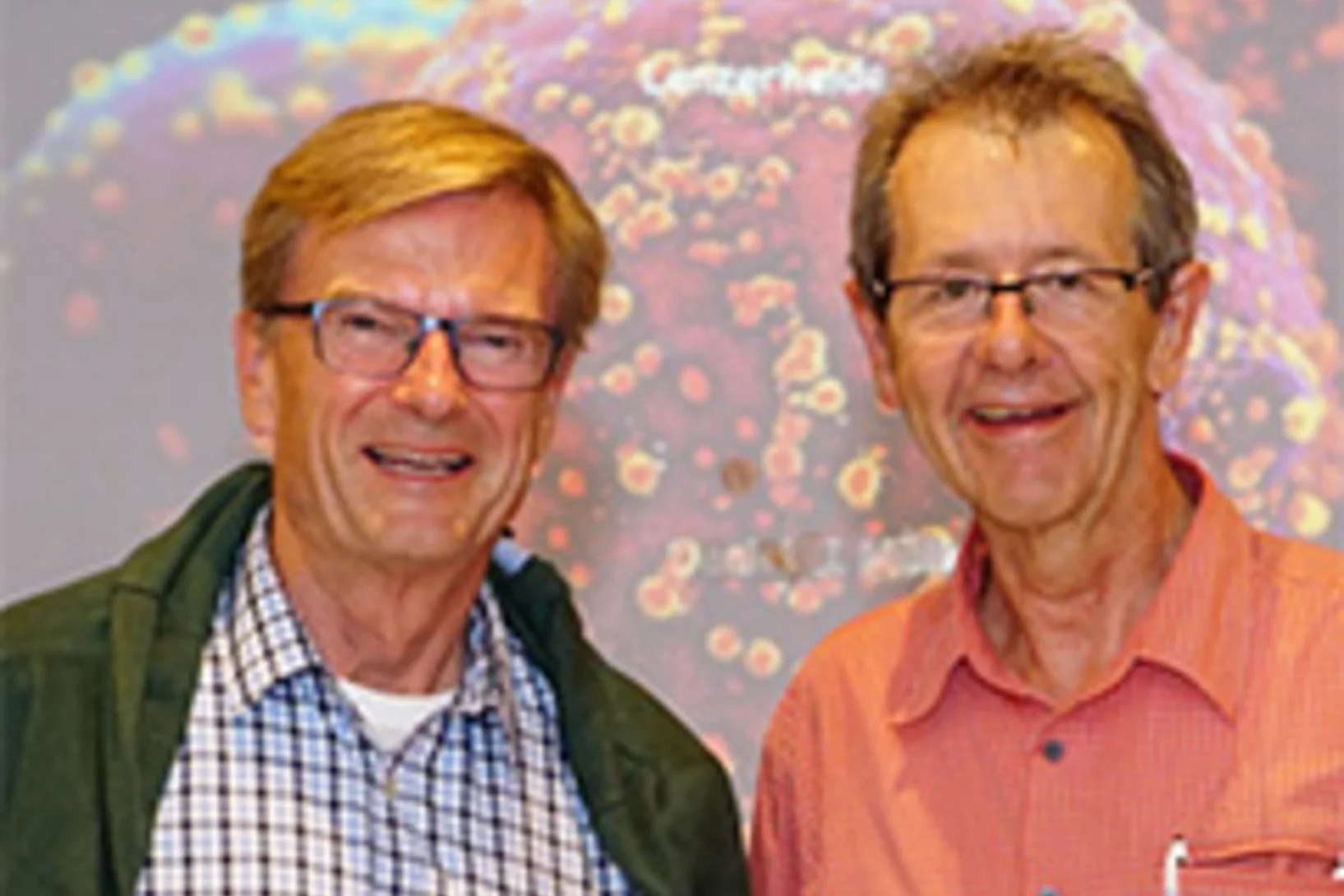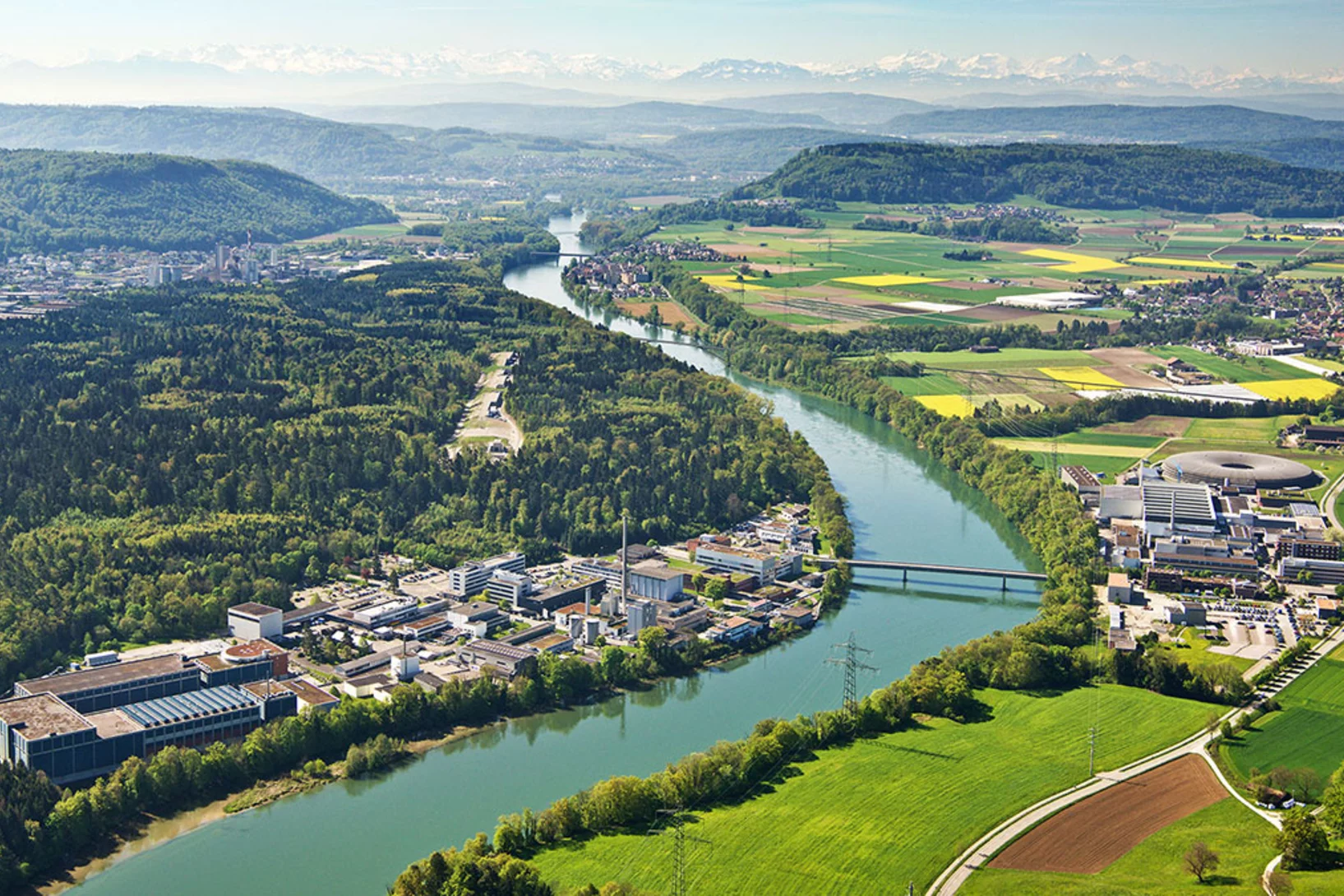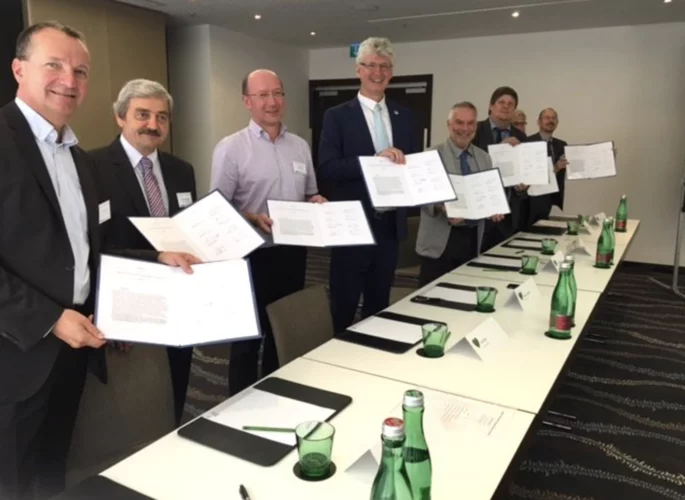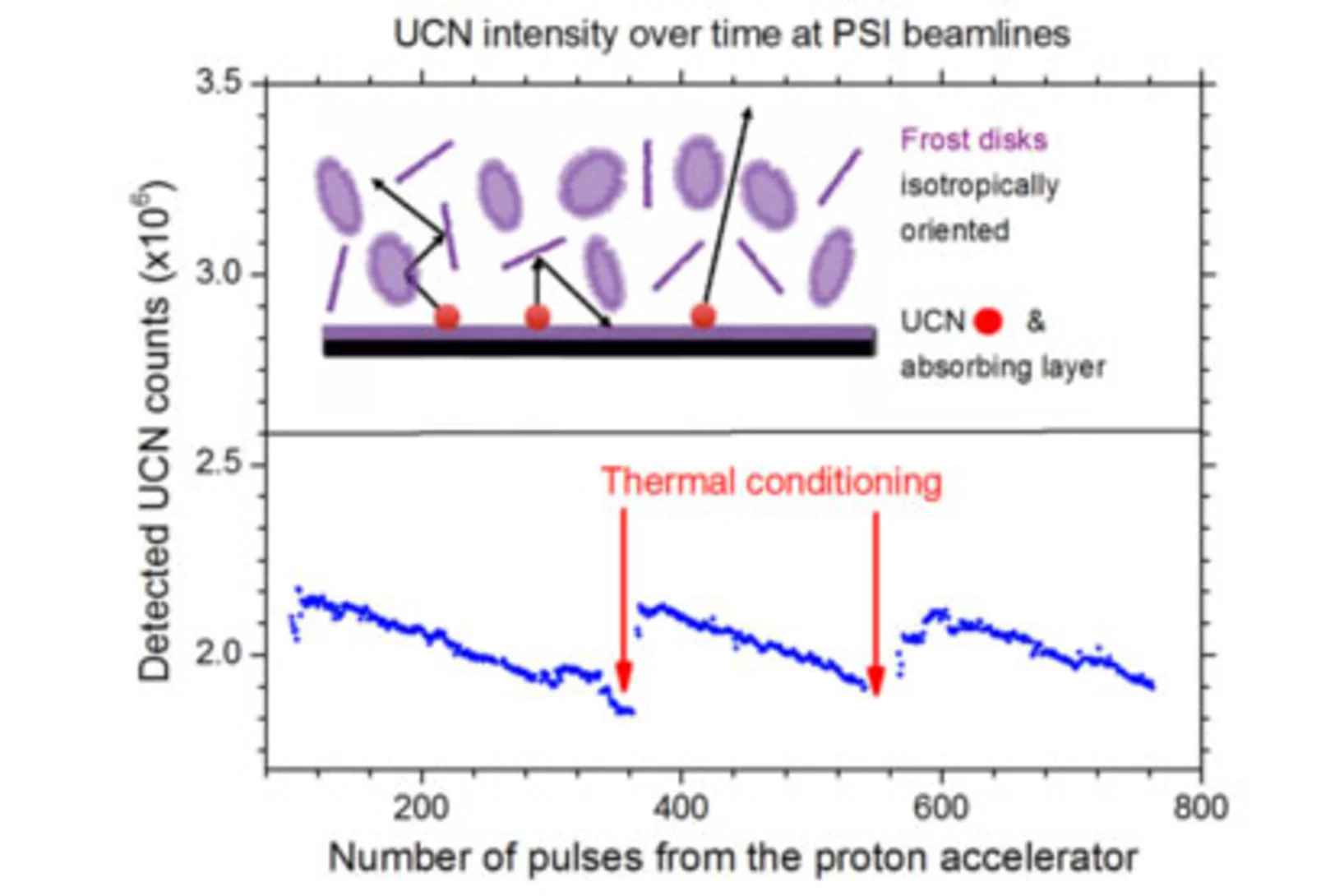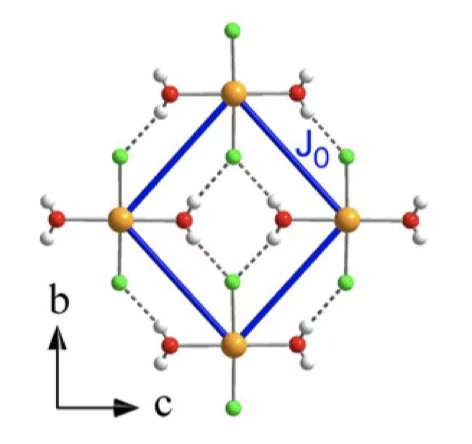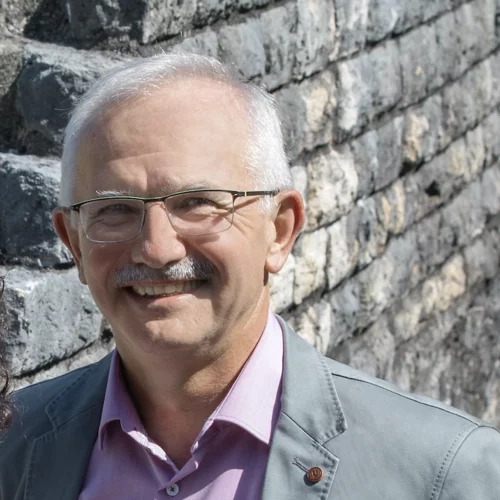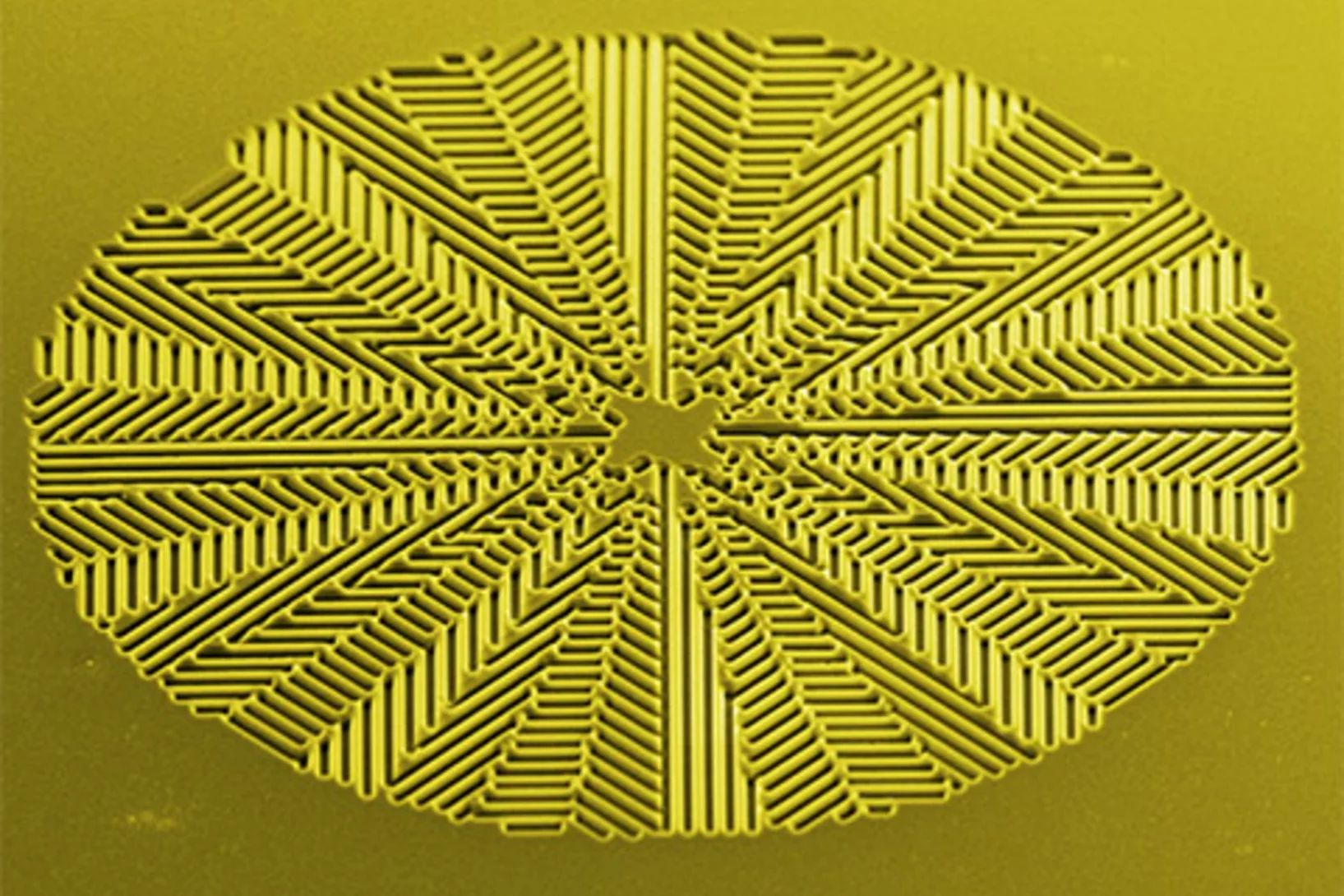Abkehr von der Kernenergie, Ausbau von Solar- und Windkraft, Energiegewinnung aus Biomasse, Senkung des Energieverbrauchs. Bis 2050 soll die Schweiz klimaneutral werden. Ein ehrgeiziges Ziel, welches durch die zunehmend herausfordernde geopolitische Lage dringlicher denn je geworden ist. Wie lässt sich in den nächsten Jahren eine nachhaltige und widerstandsfähige Energieversorgung für die Schweiz aufbauen? Wie können erneuerbare Energien optimal genutzt werden? Welche neuen Technologien sind besonders vielversprechend? Am PSI suchen Forschende nach Antworten auf diese entscheidenden Fragen.
Lizenzvertrag mit Schweizer Pharmafirma zur Weiterentwicklung eines Krebsmedikaments
Ein am Paul Scherrer Institut PSI entwickelter radioaktiver Wirkstoff gegen eine besonders bösartige Form von Schilddrüsenkrebs hat das Potenzial für einen Medikamenten-Blockbuster. Durch seine Struktur kann er womöglich auch an Zellen anderer Tumore andocken und diese mit seiner Strahlung zerstören. Das Lausanner Biopharma-Unternehmen Debiopharm will den PSI-Wirkstoff bis zur Zulassung als Arzneimittel weiterentwickeln. Dafür haben Debiopharm und das PSI jetzt die vertragliche Grundlage geschaffen.
Diesmal ganz Bio: SwissFEL macht Proteinstrukturen sichtbar
Für die Entwicklung neuer medizinischer Wirkstoffe ist auch die genaue Kenntnis von Proteinen entscheidend. In einem Pilotexperiment haben Forschende jetzt erstmals den Freie-Elektronen-Röntgenlaser SwissFEL des PSI zur Untersuchung von Proteinkristallen genutzt.
Demonstration of femtosecond X-ray pump X-ray probe diffraction on protein crystals
Our experiments, published in the September issue of Structural Dynamics, demonstrate the feasibility of time-resolved pump-multiprobe X-ray diffraction experiments on protein crystals using a split-and-delay setup which was temporarily installed at the LCLS X-ray Free Electron Laser.
Welcome Martina Barandun
We warmly welcome Martina Barandun as Postdoc in the Laboratory of Environmental Chemistry. She joined the Analytical Chemistry group on 1 October 2018.
Martina Barandun studied Geography at the University of Fribourg, where she also obtained her PhD in the Department of Geosciences. For the latter she worked on transient snowline observations to remotely derive seasonal to sub-seasonal glacier mass balance in the Tien Shan and Pamir mountains of Central Asia. At PSI, Martina Barandun will quantify the concentration of different light absorbing impurities such as black carbon or mineral dust particles in surface snow and ice from various glaciers in Central Chile, to estimate their impact on albedo reduction and accelerated melt. This is a joint project with the Centro de Estudios Cientificos in Valdivia, Chile.
Cristina Müller (CRS) receives the Marie Curie Award
The Marie Curie Award, the most prestigious price by the European Association of Nuclear Medicine, has been awarded in 2018 for the project "Terbium-161 for PSMA-Targeted Radionuclide Therapy of Prostate Cancer", lead by Christina Müller in collaboration with Nick van der Meulen (LRC/NES) EANM-Website(link is external).
Congratulations to Pablo Corral Arroyo
Pablo successfully defended his PhD at the University of Bern, entitled "Impact of indirect photochemistry of Brown Carbon and iron carboxylate complexes on gas and aerosol chemistry". This thesis formed part of collaborative project with ETH Zürich on the feedbacks between microphysics and photochemistry in organic aerosols funded by the Swiss National Science Foundation.
Amorphous CaCO3: Influence of the Formation Time on Its Degree of Hydration and Stability
Carbonate minerals serve as reservoir for CO2 in the global CO2 cycle, as biomineral in animal skeletons and shells of marine animals, and are used in carbon capturing techniques. Moreover, they serve as an important model system in crystallization studies, and have important commercial applications, for example as fillers. Researchers from EPFL and PSI developed a new methodology to study the crystallization of CaCO3 that offers both high temporal and spatial resolution, which is the key challenge in elucidating early stages of crystallization. Using X-ray absorption spectroscopy and other techniques it could be demonstrated that the degree of hydration of amorphous CaCO3 increases during its growth. As a result of the increasing degree of hydration, the stability of the resulting amorphous particles against solid-state crystallization decreases.
Vom Forscher zum Unternehmer
Auf zu neuen Ufern: Am Paul Scherrer Institut PSI wagen couragierte Forschende die Fahrt ins Unbekannte. Sie verlassen den sicheren Hafen, um erfolgreiche Unternehmer zu werden. Die Reise fort vom PSI hin zum eigenen Spin-off braucht Mut. Damit sie nicht zu stürmisch wird, unterstützt das PSI seine Geschäftsgründer bei der Navigation durch schwierige Gewässer und bleibt ihnen auch nach Jahren verbunden.
Consistent criticality and radiation studies of Swiss spent nuclear fuel: The CS2M approach
Spent fuel management is becoming one of the major concerns in many countries with a nuclear program. The radiation aspect as well as the safe and economical part of the long-term storage of the spent nuclear fuel has to be evaluated with a high degree of confidence. To assist such project from the neutronic simulation side, a new method is proposed to systematically calculate at the same time canister loading curves and radiation sources, based on the inventory information from an in-core fuel management system.
Evidence of a Coulomb-Interaction-Induced Lifshitz Transition and Robust Hybrid Weyl Semimetal in Td-MoTe2
Using soft x-ray angle-resolved photoemission spectroscopy we probed the bulk electronic structure of Td-MoTe2. We found that on-site Coulomb interaction leads to a Lifshitz transition, which is essential for a precise description of the electronic structure. A hybrid Weyl semimetal state with a pair of energy bands touching at both type-I and type-II Weyl nodes is indicated by comparing the experimental data with theoretical calculations.
Marc Janoschek appointed new head of LDM
Dr Marc Janoschek has been appointed new head of the NUM Laboratory for Scientific Developments and Novel Materials LDM. He will take office on November 15, 2018. Marc studied Physics at TU Munich and did his PhD at PSI and TUM on "Neutron Scattering on Chiral Magnets". After that he went to the University of California in San Diego as Feodor-Lynen Fellow. Since 2011 he is head of "Neutron research" in the "Condensed Matter and Magnet Science" group in Los Alamos. For his research Marc has been awarded the Wolfram Prandl Prize and the Los Alamos Fellow Prize for Outstanding Research. We wish Marc success and satisfaction for his new duties and wish to thank cordially Peter Keller, who led the LDM ad interim since March 2018.
Jay Slowik and Ru-Jin Huang win prestigious Schmauss award
Award conferred by the Gesellschaft für Aerosolforschung (GAeF) during the International Aerosol Conference in St. Louis, MO, USA
Collaboration meeting in Liverpool
The Mu3e collaboration met for three days at the University of Liverpool to discuss integration and assembly of the experiment and recent progress for all subdetectors.
Influence of Plume Properties on Thin Film Composition in Pulsed Laser Deposition
Despite the apparent simplicity of pulsed laser deposition, consistent deposition of thin films with the desired thickness, composition, crystallinity, and quality still remains challenging. This article explores the influence of process parameters with respect to film thickness and composition, two key aspects for thin films which have a very strong effect on film properties, possible applications, and characterization.
Influence of Plume Properties on Thin Film Composition in Pulsed Laser Deposition
Despite the apparent simplicity of pulsed laser deposition, consistent deposition of thin films with the desired thickness, composition, crystallinity, and quality still remains challenging. This article explores the influence of process parameters with respect to film thickness and composition, two key aspects for thin films which have a very strong effect on film properties, possible applications, and characterization.
Bernina status first summer shutdown
The summer shutdown was used to install more missing hardware. With the new components the Bernina instrument will be already very close to the full design capabilities when the exciting time of user experiments will begin in 2019.
The New York Times: Europe’s Triumphs and Troubles Are Written in Swiss Ice
The New York Times features LUC's ice core research with a story on how pollen frozen in Alpine ice traces Europe’s calamities, since the time Macbeth ruled Scotland. The image shows Arnold Böcklin painting: Die Pest, Tempera auf Tannenholz (1898, Kunstmuseum Basel)
Finite-temperature critical points and quantum critical end point in a 2D magnet
The Mermin–Wagner theorem has long told us that in two dimensions a continuous symmetry can be broken, allowing a finite order parameter, only at zero temperature. Now PSI theorist Bruce Normand, working with colleagues in Aachen, Amsterdam, Lausanne and Paris, has circumvented this rule. The team was considering the thermodynamics
Thermal Critical Points and Quantum Critical End Point in the Frustrated Bilayer Heisenberg Antiferromagnet
We consider the finite-temperature phase diagram of the S=1/2 frustrated Heisenberg bilayer. Although this two-dimensional system may show magnetic order only at zero temperature, we demonstrate the presence of a line of finite-temperature critical points related to the line of first-order transitions between the dimer-singlet and -triplet regimes.
Selective Catalytic Reduction (SCR)
Cu-SSZ13
The combination of time-resolved XAS and transient experiments enables to capture an inhibition effect by NH3 on the rate-limiting re-oxidation of CuI at low temperature.
TOMCAT paper on hard X-ray multi-projection imaging published
The TOMCAT team in collaboration with scientists from CFEL, MaxIV and ESRF developed a method for hard X-ray multi-projection imaging, using a single crystal to split the beam into multiple beams with different directions.
Disordered skyrmion phase stabilized by magnetic frustration in a chiral magnet
Magnetic skyrmions are vortex-like topological spin textures often observed to form a triangular-lattice skyrmion crystal in structurally chiral magnets with the Dzyaloshinskii-Moriya interaction. Recently, β-Mn structure-type Co-Zn-Mn alloys were identified as a new class of chiral magnet to host such skyrmion crystal phases, while β-Mn itself is known as hosting an elemental geometrically frustrated spin liquid.
Quantum magnets under pressure
The demonstration that applied pressure can substantially change – rather than merely tweak – the properties of a metal–organic quantum magnet indicates a route to designing quantum materials with tailored properties.
SNI Honorary Membership for Jens Gobrecht
At this year's annual meeting of the Swiss Nanoscience Institute (SNI) Jens Gobrecht, the former Head of LMN, received the SNI Honorary Membership.
Das Bundeszwischenlager
In der Medizin, Industrie und Forschung sowie zur Stromerzeugung fallen radioaktive Abfälle an. In der Schweiz gibt es dafür derzeit zwei zentrale Zwischenlager. Das Zwischenlager des Bundes für MIF-Abfälle (Medizin, Industrie, Forschung) befindet sich auf dem Gelände des PSI.
Founding Partners Sign Charter Establishing Neutron Source Consortium LENS
On September 12 representatives of eight European research infrastructures including SINQ at PSI signed the Charter of the League of advanced European Neutron Sources (LENS) at the International Conference of Research Infrastructures, ICRI2018 in Vienna. The signing ceremony marks the establishment of a new strategic consortium of European neutron source facilities with the aim, according to the charter, to “facilitate any form of discussion and decision-making process that has the potential to strengthen European neutron science via enhanced collaboration among the facilities”. The founding partners in the consortium include both European and national facilities in France, Germany, Sweden, Hungary, the United Kingdom, Norway and Switzerland. Other qualifying facilities are invited to join at any time.
Solid deuterium surface degradation at ultracold neutron sources
Solid deuterium (sD2) is used as an efficient converter to produce ultracold neutrons (UCN). Itis known that the sD2 must be sufficiently cold, of high purity and mostly in its ortho-state in order to guarantee long lifetimes of UCN in the solid from which they are extracted into vacuum.
Giant Pressure Dependence and Dimensionality Switching in a Metal-Organic Quantum Antiferromagnet
We report an extraordinary pressure dependence of the magnetic interactions in the metal-organic system [CuF2(H2O)2]2 pyrazine. At zero pressure, this material realizes a quasi-two-dimensional spin-1/2 square-lattice Heisenberg antiferromagnet. By high-pressure, high-field susceptibility measurements we show that the dominant exchange parameter is reduced continuously by a factor of 2 on compression.
ISNR honorary membership awarded to Eberhard Lehmann
The International Society for Neutron Radiology ISNR was founded in 1996 with the aim to organize regular conferences with the focus on the use of neutrons for imaging purposes. During the 11th World Conference on Neutron Radiography, held recently in Sydney (Australia) and organized by ANSTO, the Honorary Membership of ISNR was awarded to Eberhard Lehmann - in recognition to his contributions for the progress in the field of neutron imaging on national and international level. The Neutron Imaging and Activation Group NIAG of the LNS has been active member in ISNR from the very beginning. Presently and since 2014, Markus Strobl the head of NIAG is vice-president elected of ISNR – and was reelected recently until 2022. In addition, NIAG member Pavel Trtik is now representing PSI in the ISNR board until 2022.
Diamond: a gem for micro-optics
Our image of a diamond structure was published on the cover page of the September 2018 issue of the journal "Materials Today". The corresponding paper reports on the nano-frabrication of micro-optical elements in diamond.

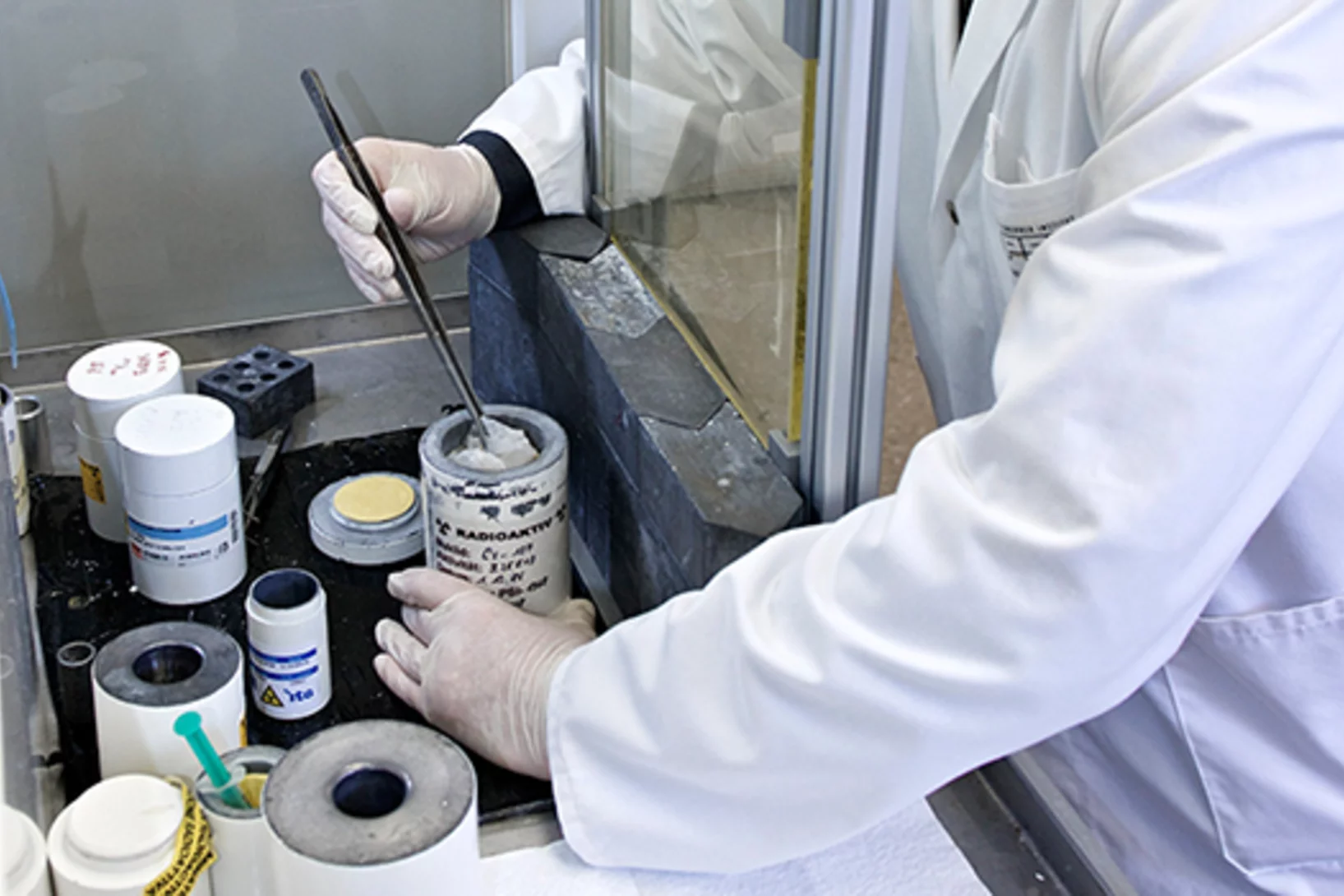
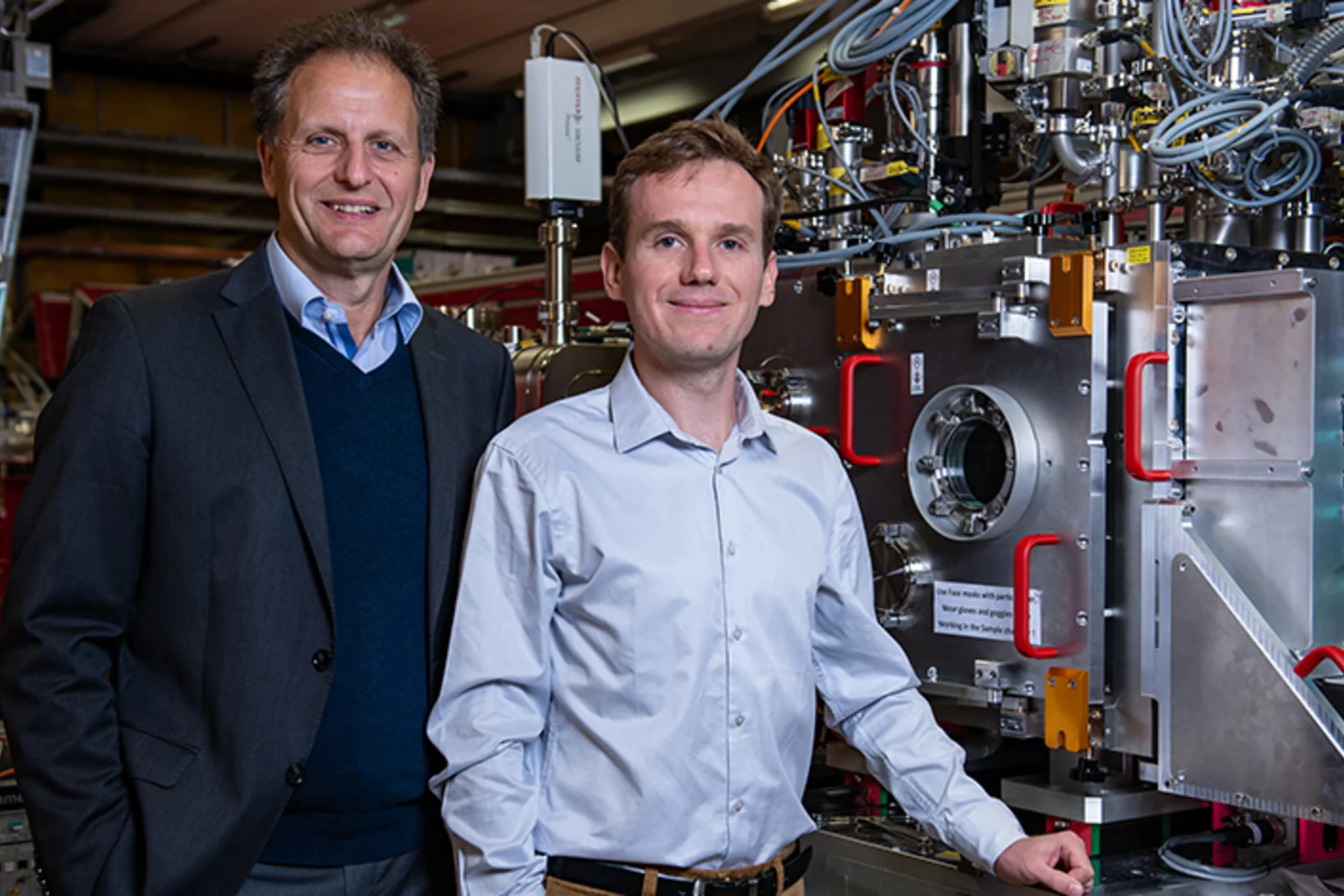
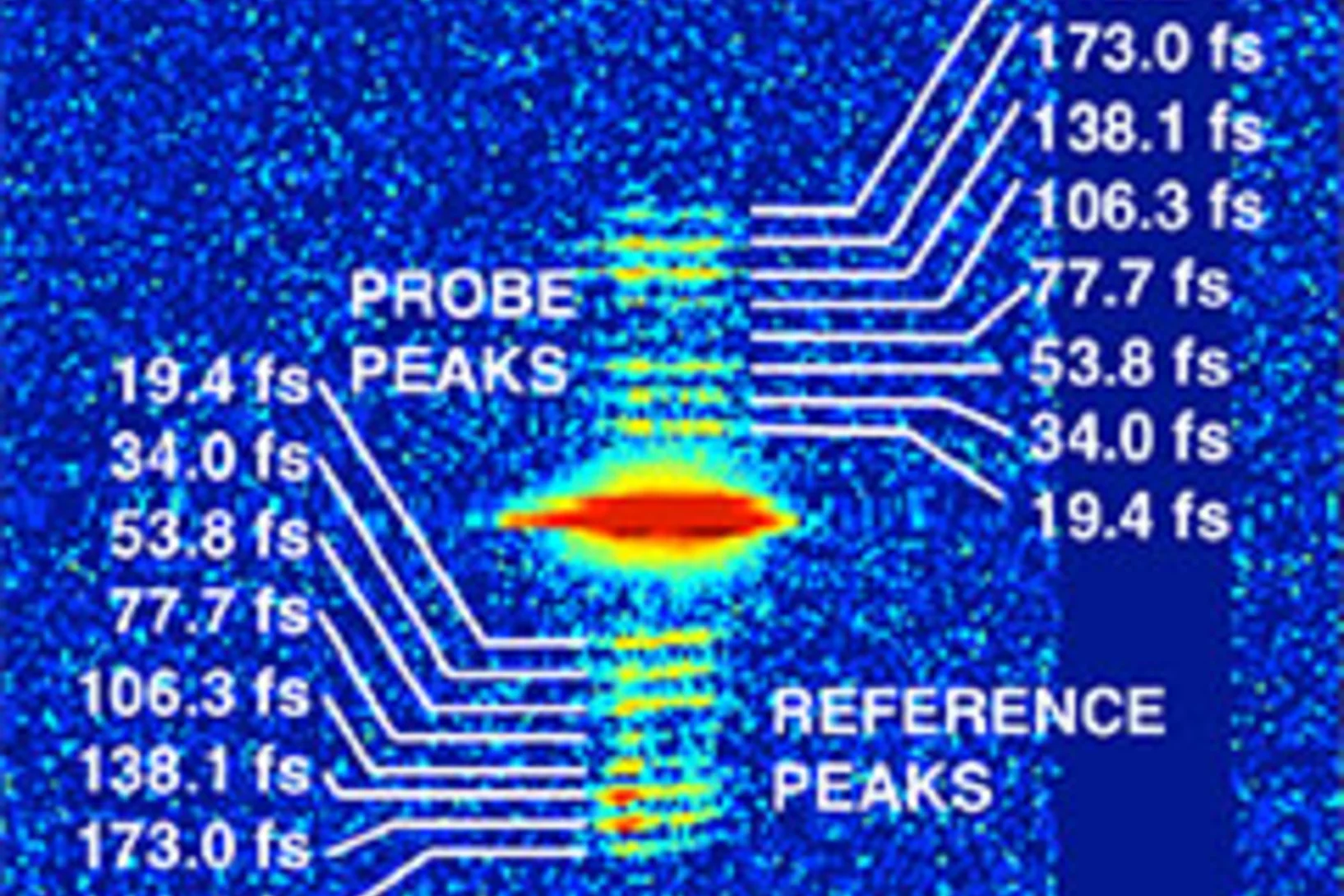
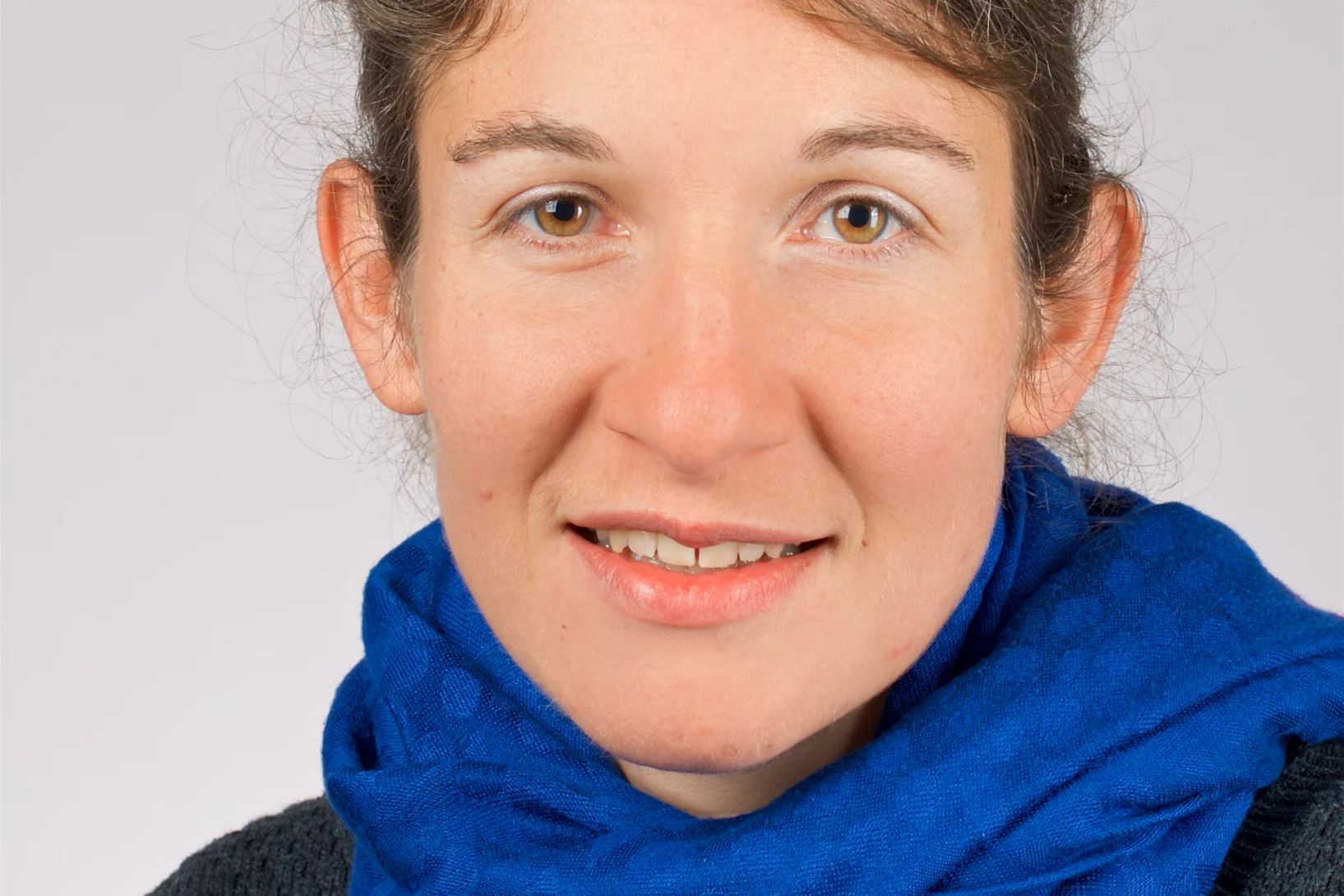
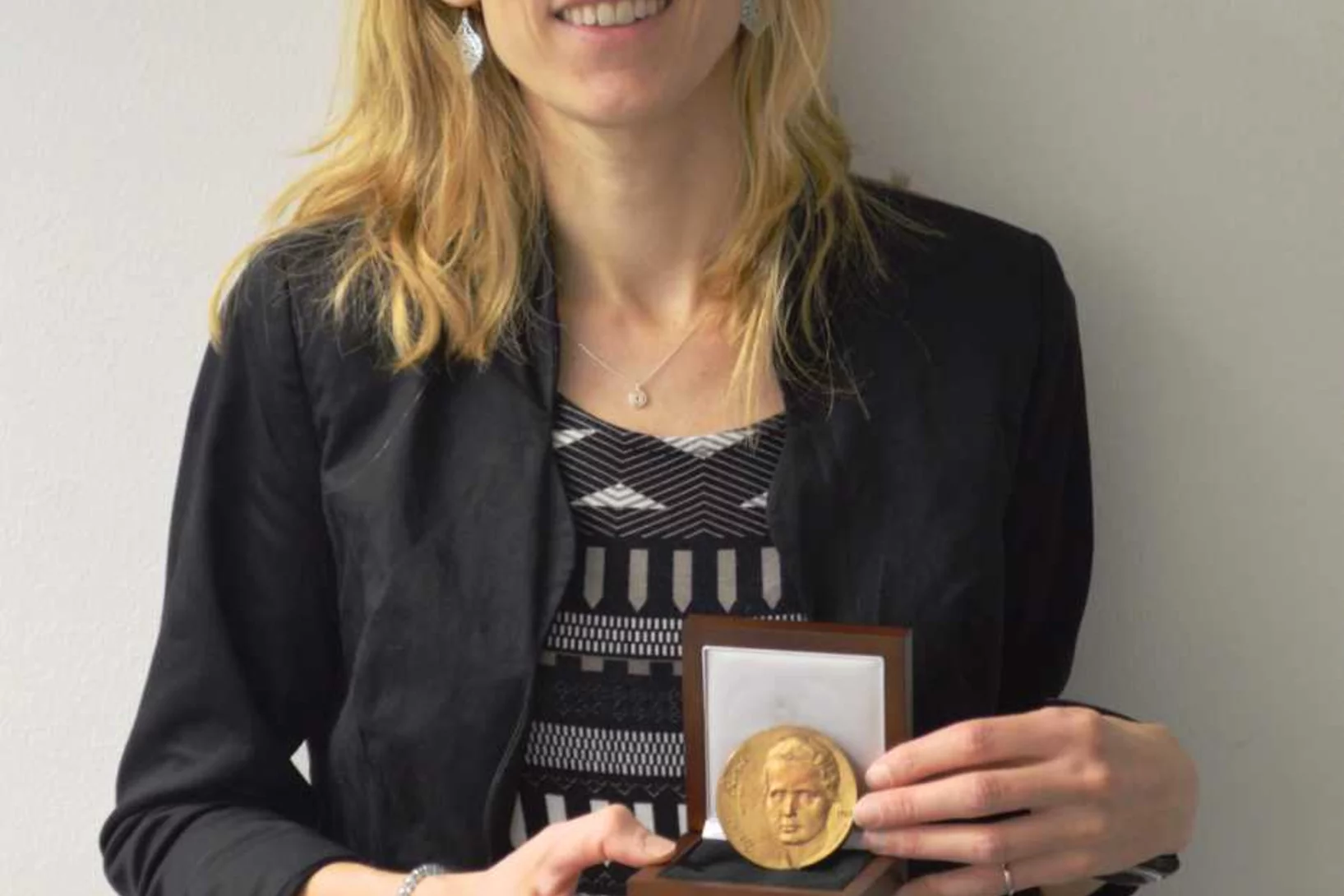
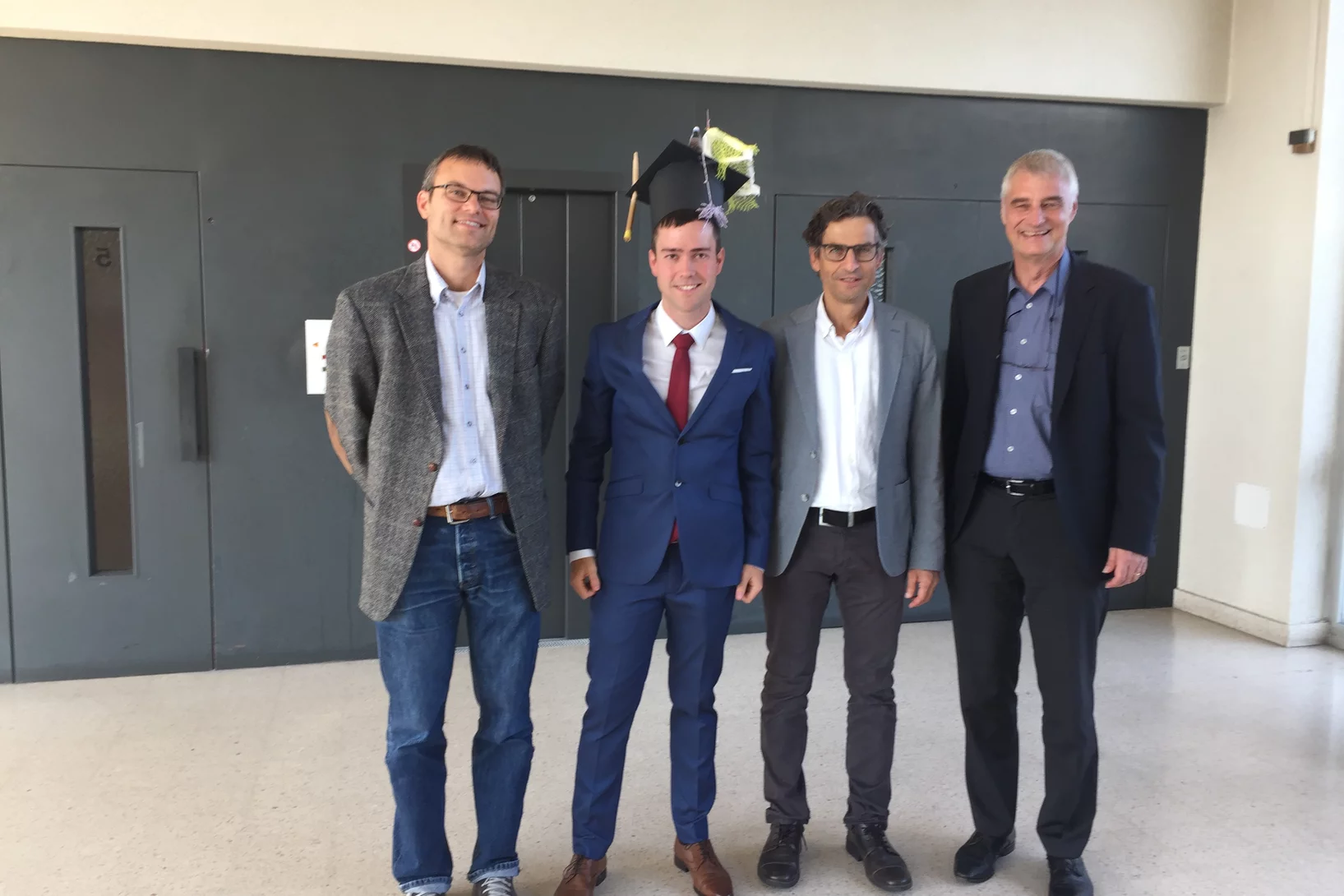
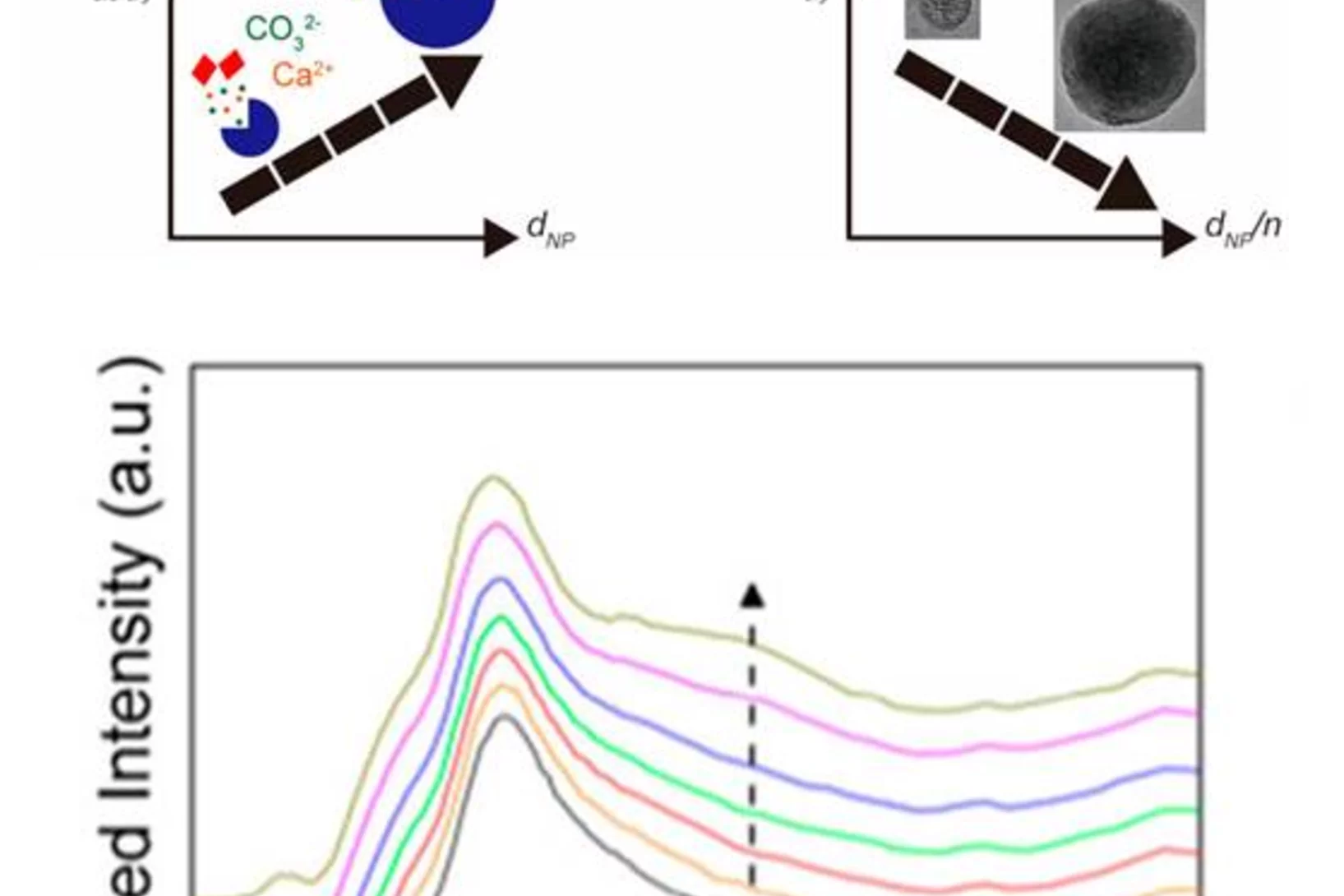


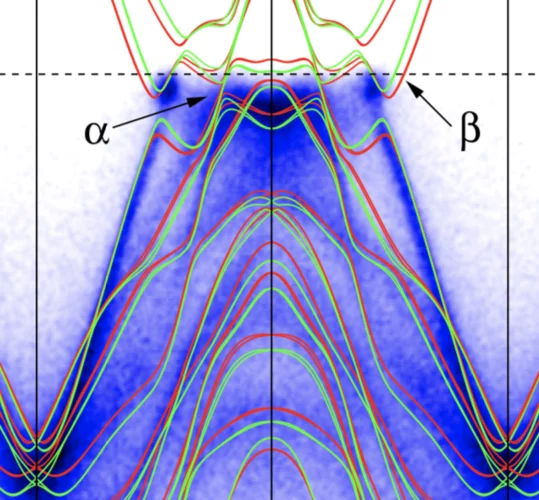
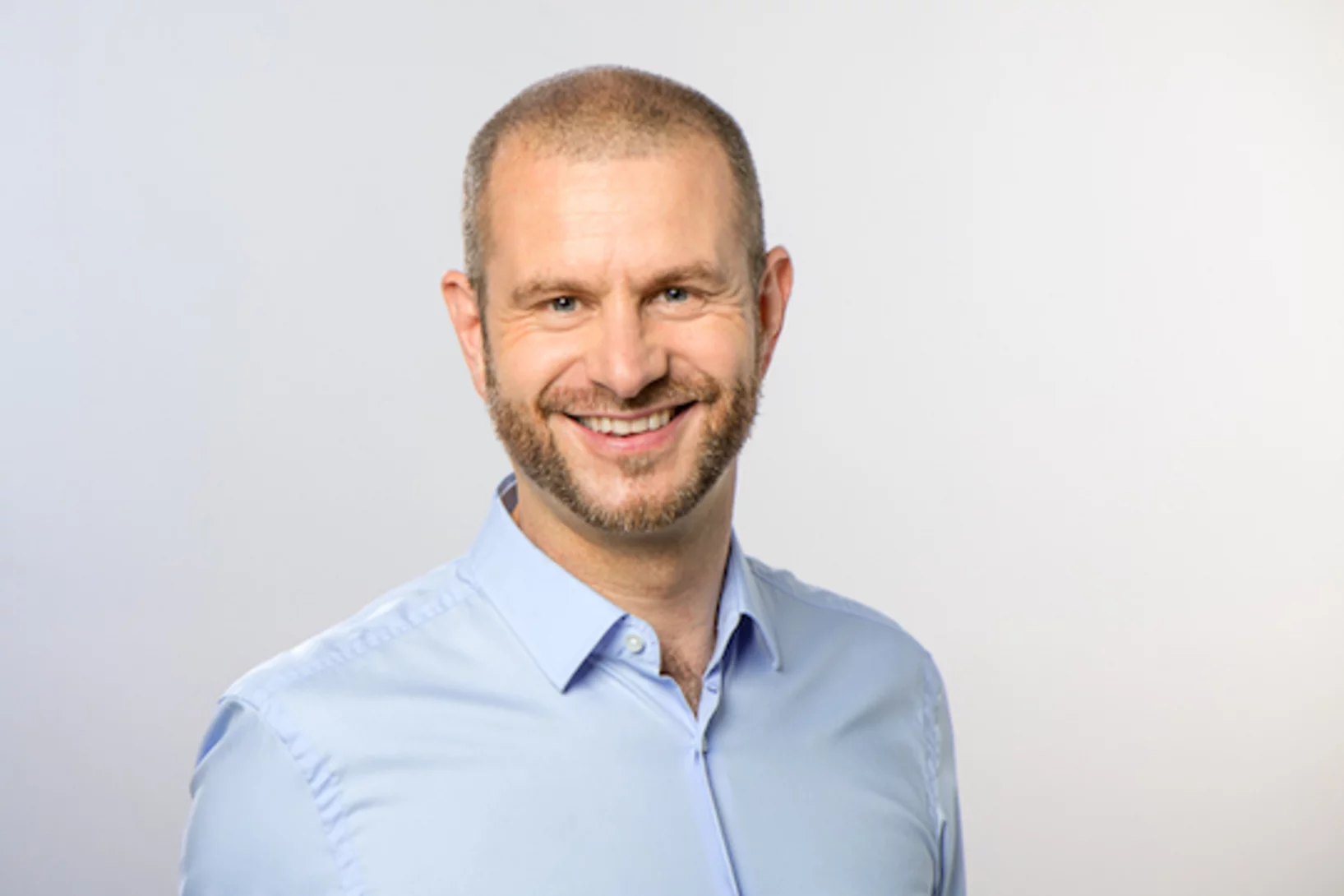
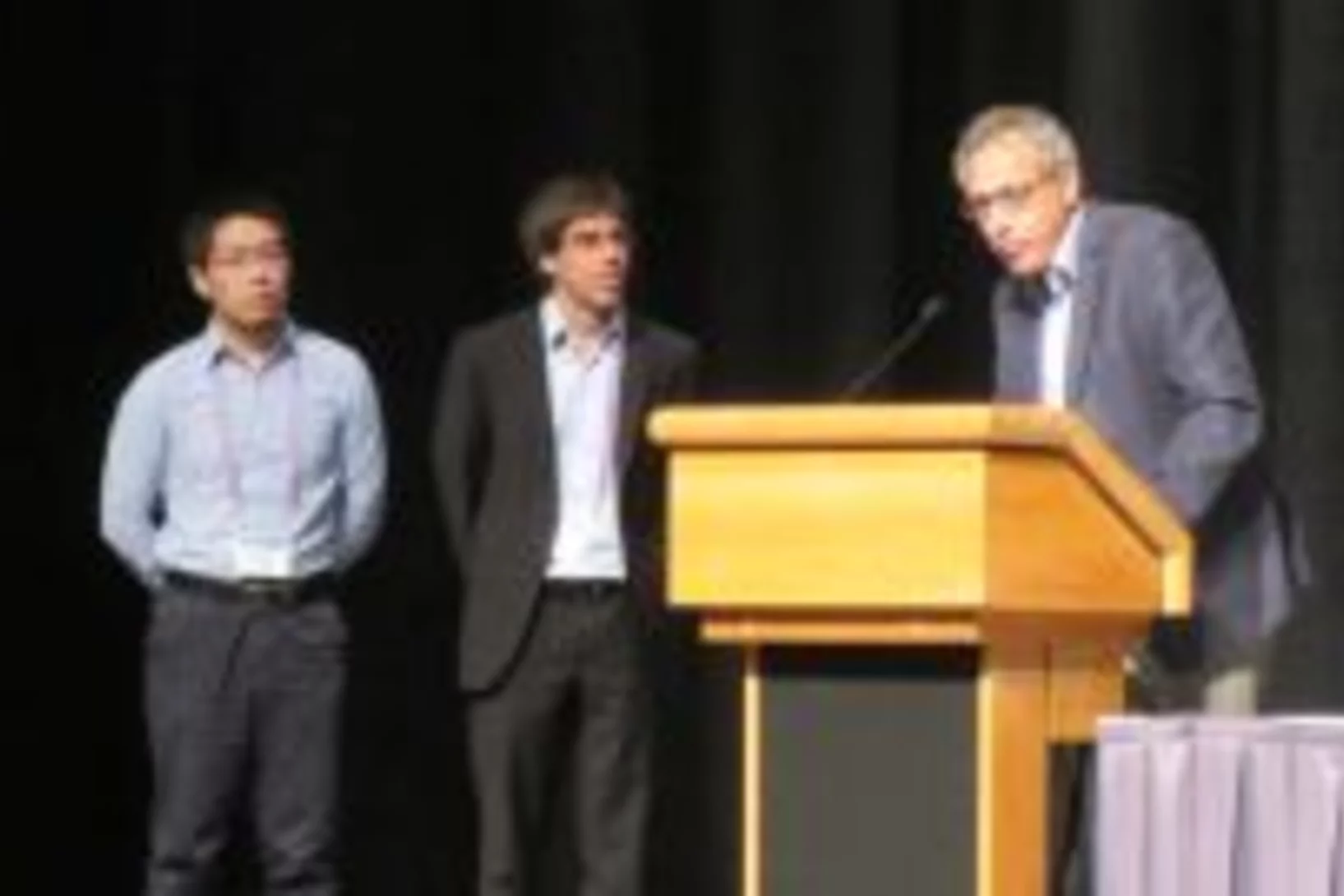

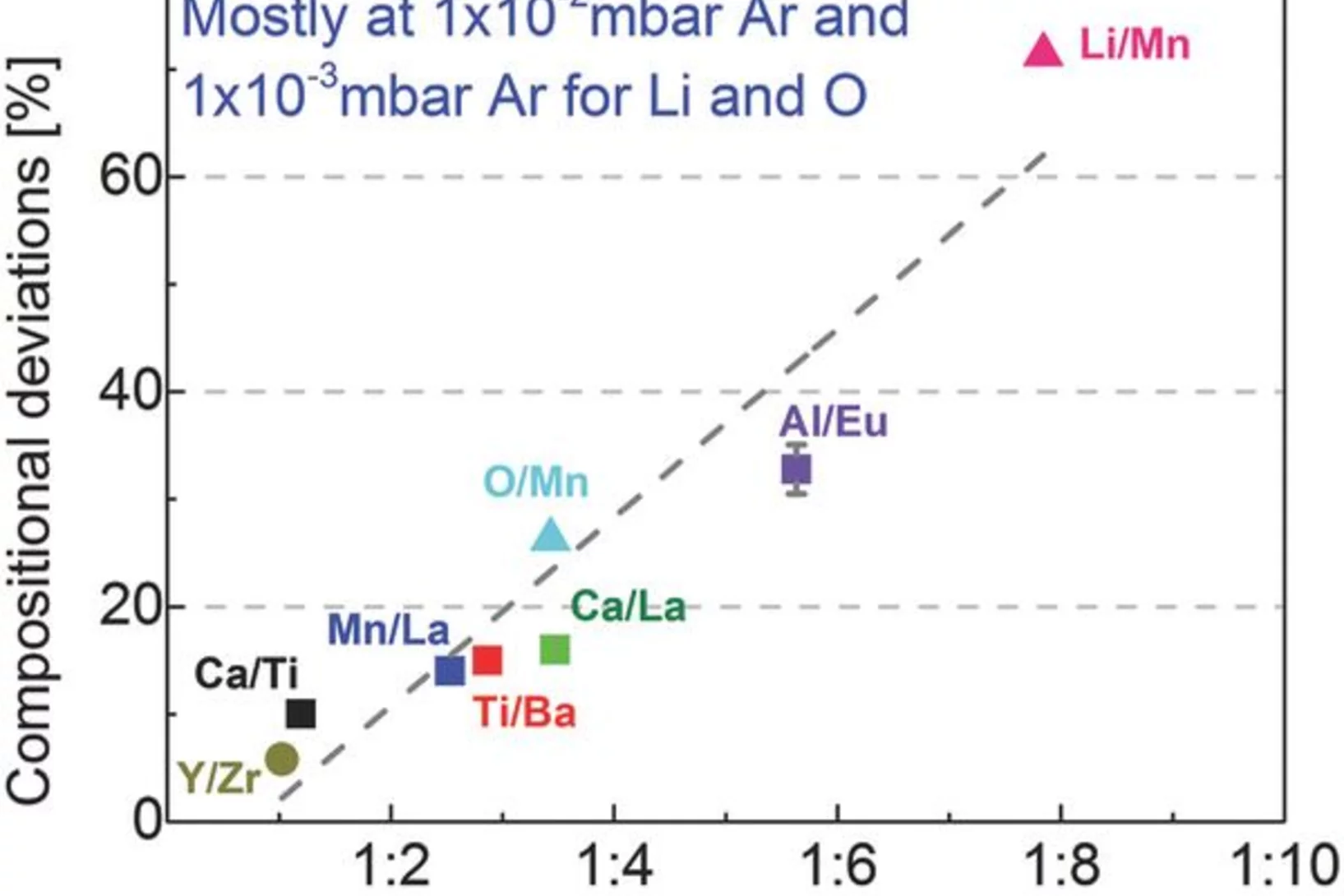
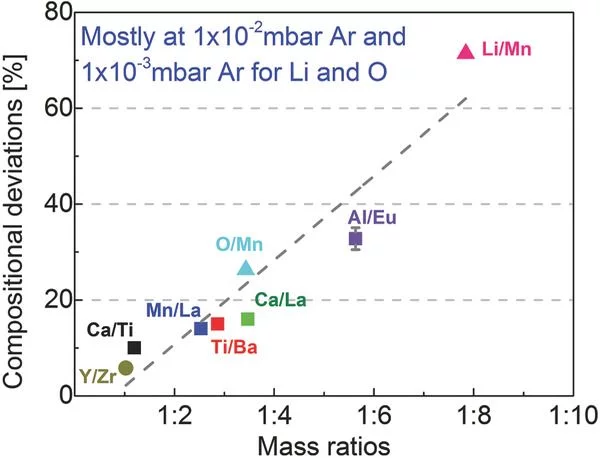

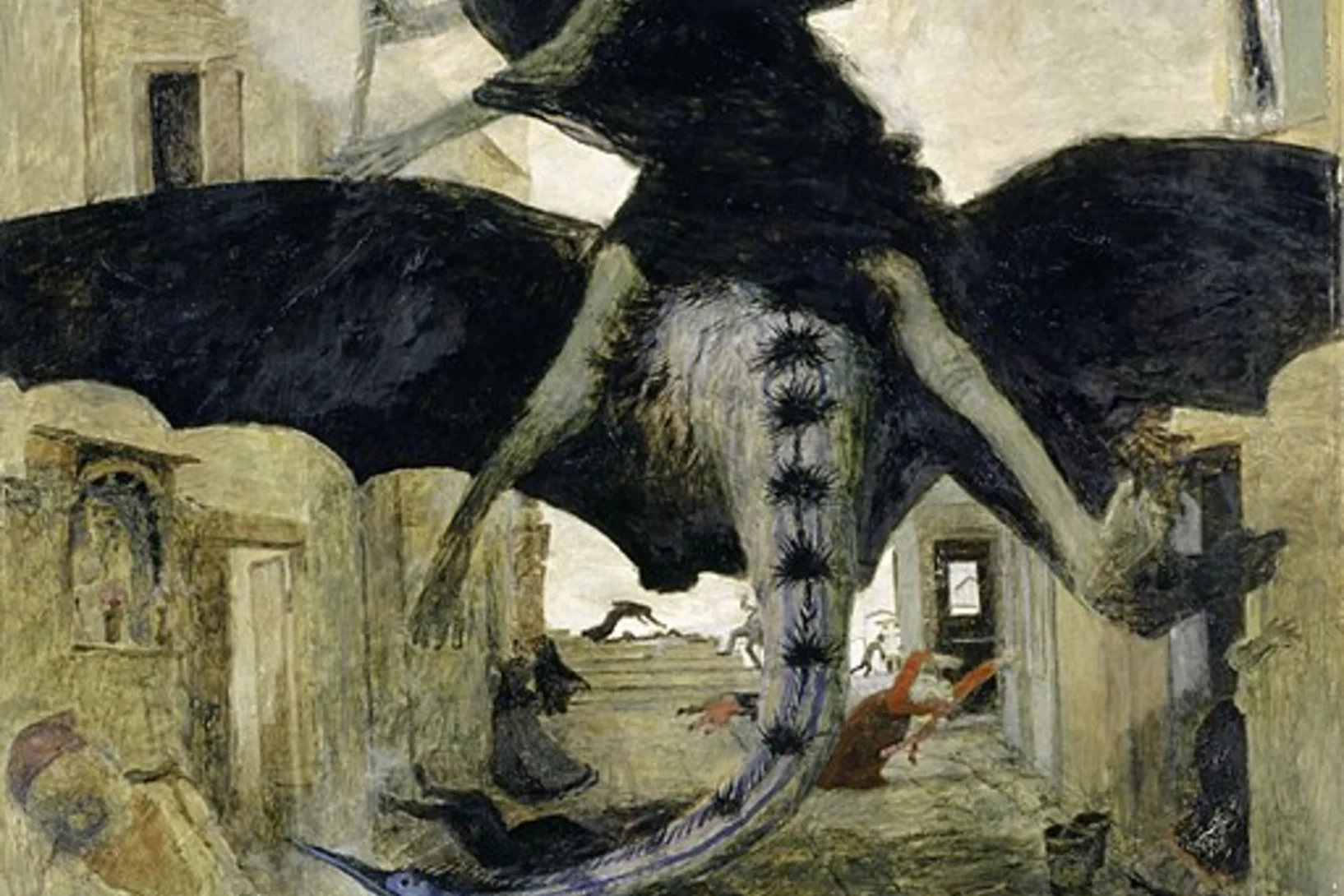
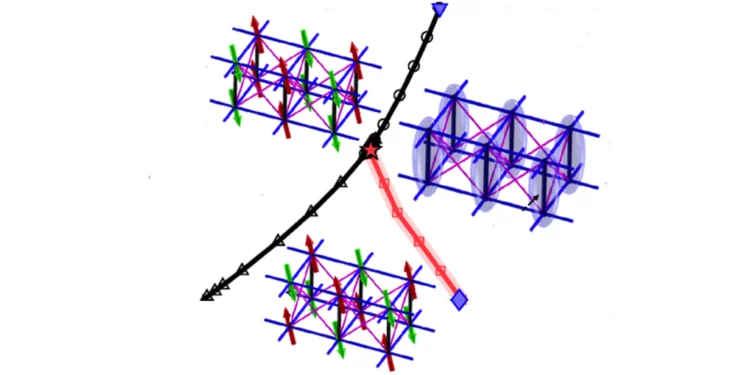


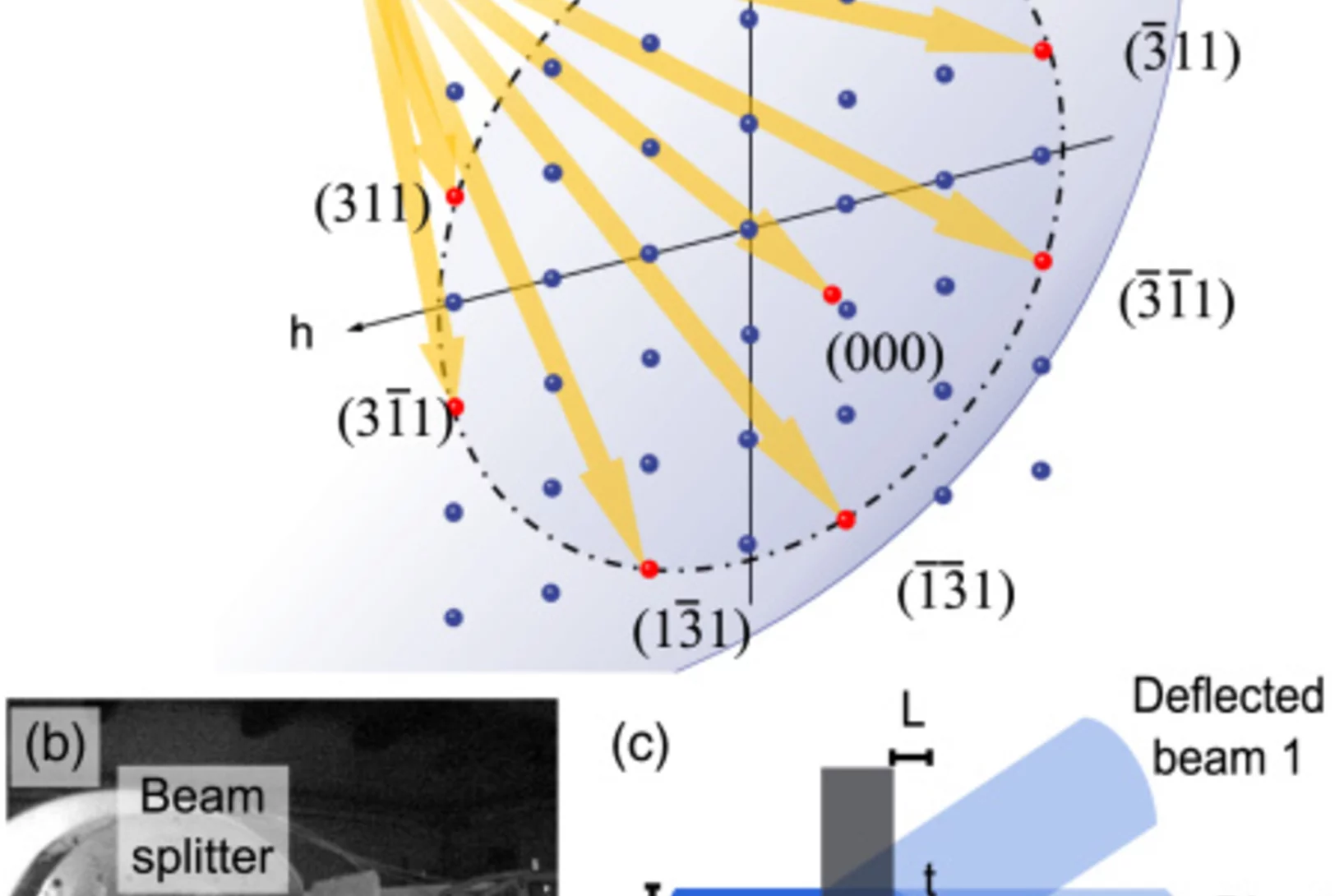
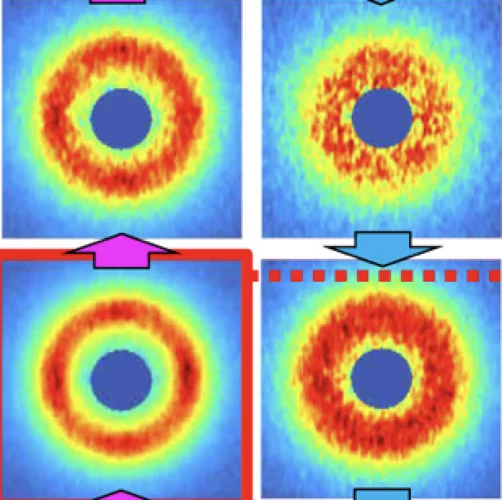
![Crystallographic structure of [CuF2(H2O)2]2pyrazine below (left) and above the structural phase transition observed at 18 kbar. The images show calculated spin-density distributions of the ground state, with spins up and down represented in cyan and green, respectively. (Image adapted from [1].)](/sites/default/files/styles/teaser_grid_3_2_scale_xl/public/import/num/News20180914PressureEN/Pressure.png.webp?itok=TwuZCxxZ)
